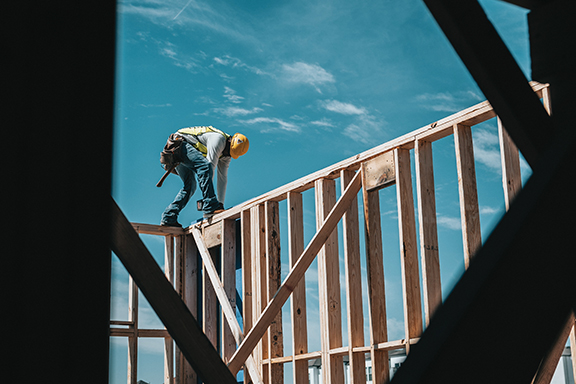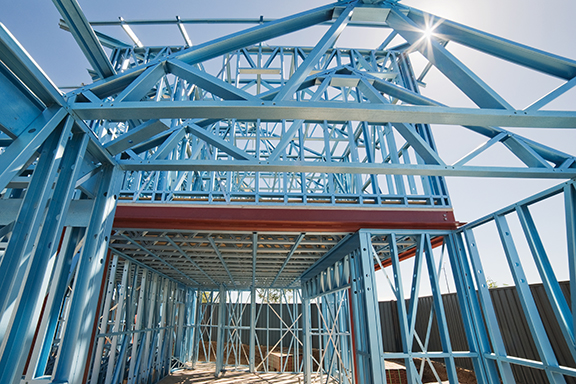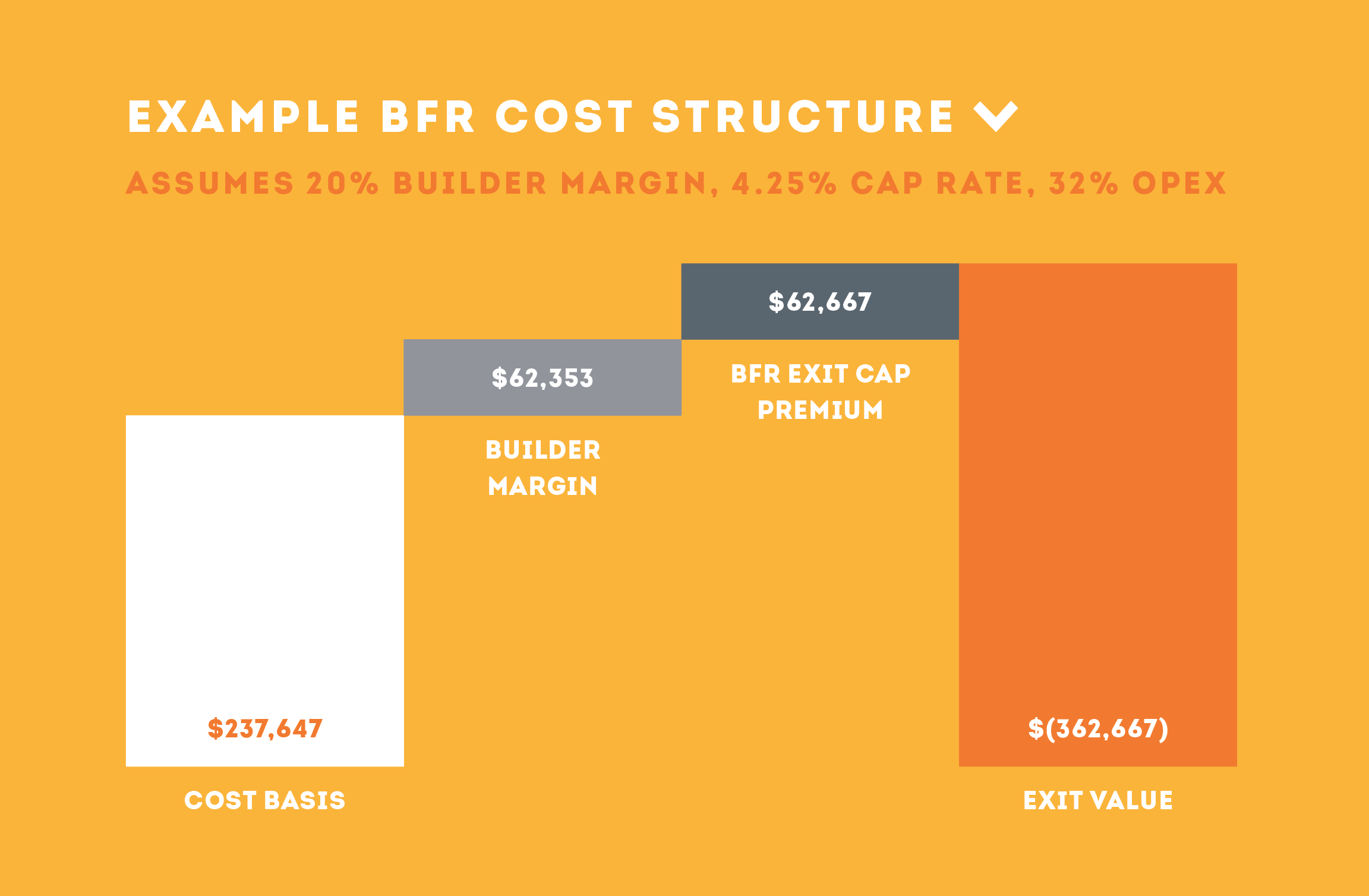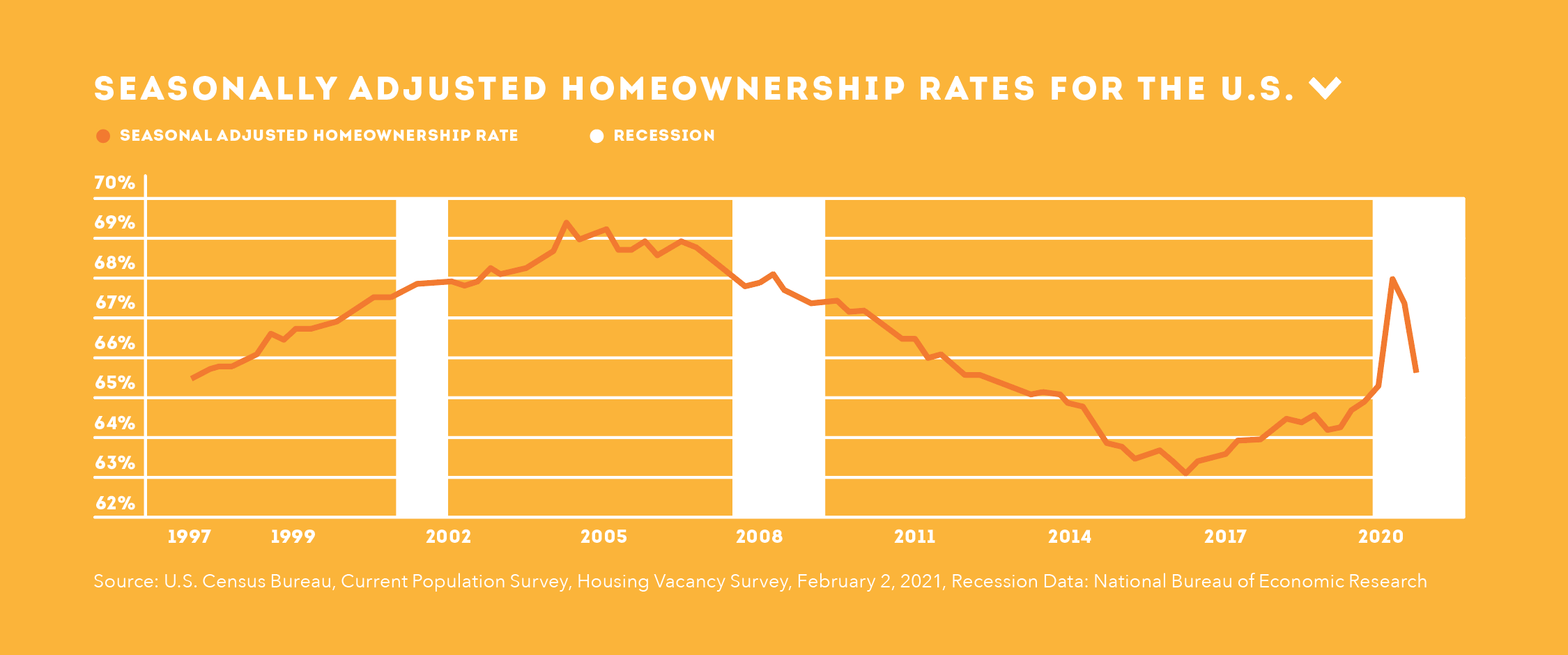Insurance for New Construction Properties
Coverage Needs for the Owner and Contractor by Shawn Woedl With limited inventory and rising home values, the Build to Rent trend is gaining steam. A ground-up construction project adds complications when it comes to insurance. If you are an investor pursuing this approach, it is important to understand the risks and responsibilities for all the parties involved in the project so you can protect yourself and your investment against
Read More












